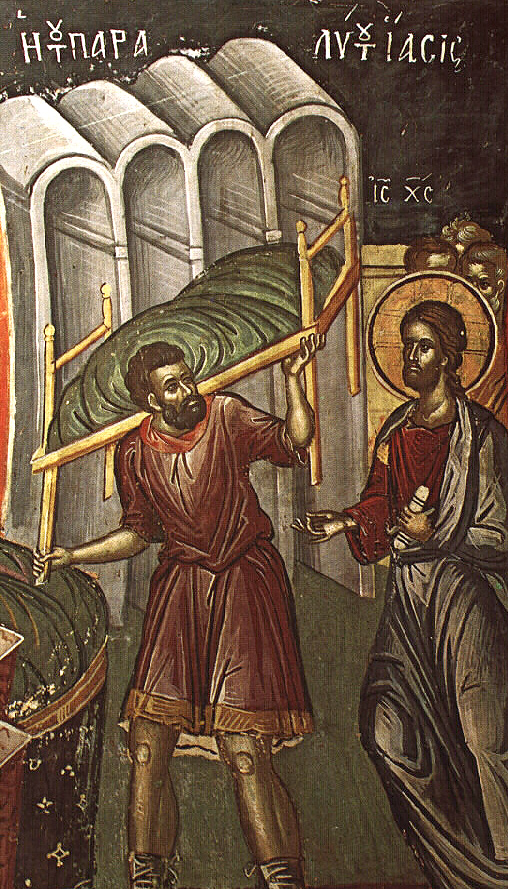| Udgivet 29. juni 2019 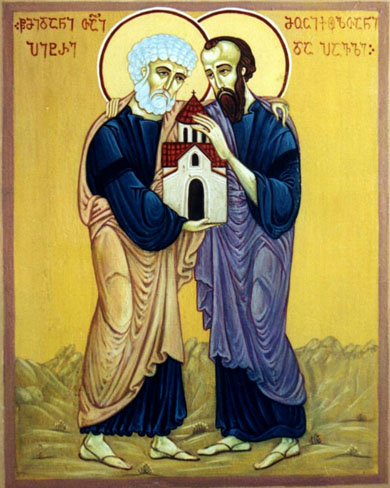 Hellige Apostle Peter og Paulus Prædiken af f. Poul, 29. juni 2019: Epistel: 2. Korintherbrev, kap. 11:21–12:9.
Evangelium: Matthæus, kap. 16:13–19. Udgivet 16. juni 2019 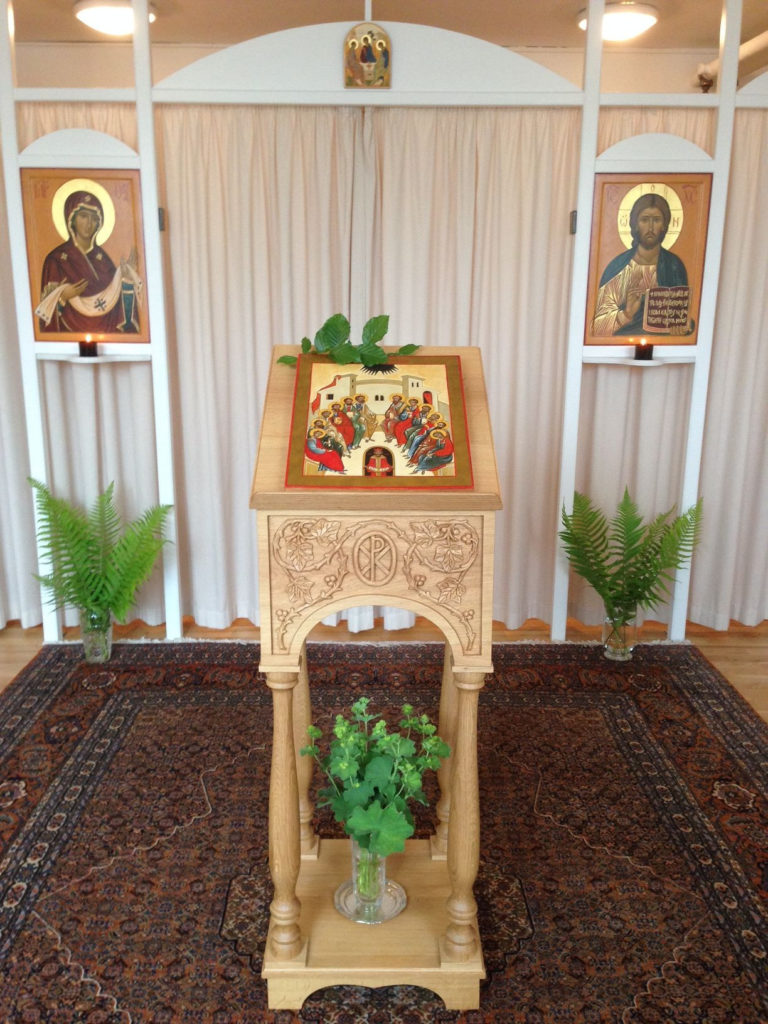
Prædiken af f. Poul, 16. juni 2019: Epistel: Apostlenes Gerninger, kap. 2:1–11.
Evangelium: Johannes, kap. 7:37–52, 8:17. Udgivet 6. juni 2019  Kristi himmelfart Lyt til prædiken af f. Poul, 6. juni 2019: Epistel: Apostlenes Gerninger, kap. 1:1–12.
Evangelium: Lukas, kap. 24:36–53. Udgivet 3. juni 2019 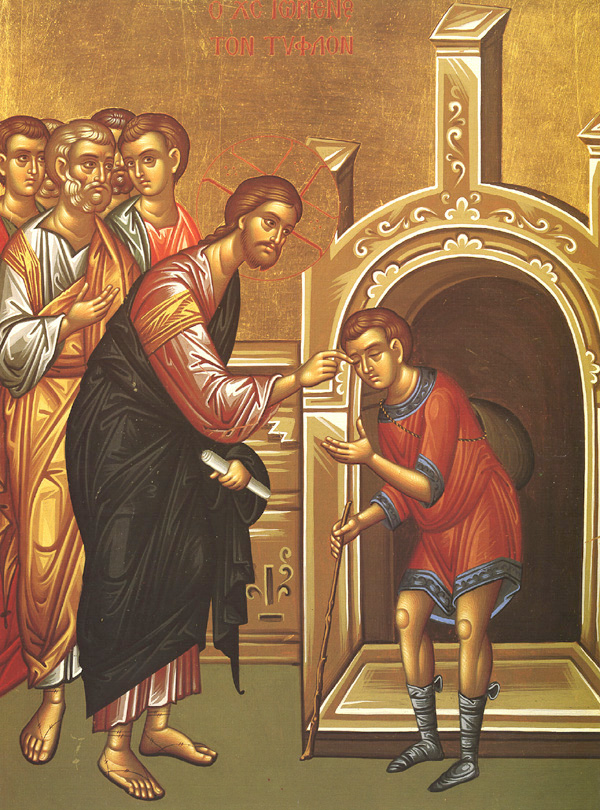 Den Blindfødtes Søndag. Kilde: oca.org Lyt til prædiken af f. Poul, 2. juni 2019: Epistel: Apostlenes Gerninger, kap. 16:16–34.
Evangelium: Johannes, kap. 9:1–38. Udgivet 19. maj 2019 Lyt til prædiken af f. Poul, 19. maj 2019: Epistel: Apostlenes Gerninger, kap. 9:32–42
Evangelium: Johannes, kap. 5:1–15 Udgivet 21. april 2019 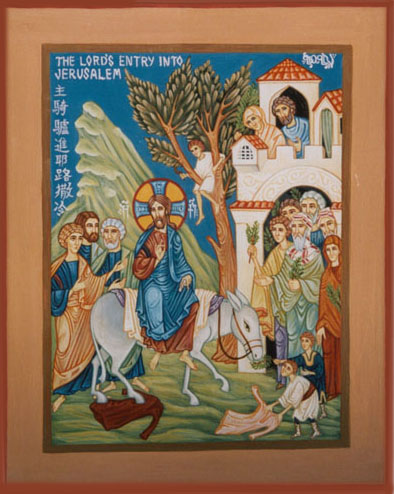
Prædiken af f. Poul, 21. april 2019: Epistel: Filipperbrevet, kap. 4:4–9
Evangelium: Johannes, kap. 12:1–18 Udgivet 31. marts 2019 
Prædiken af f. Poul, Det Hellige Kors’ Søndag, 31. marts 2019: Epistel: Hebræerbrevet, kap. 4:14–5:6.
Evangelium: Markus, kap. 8:34–9:1. Udgivet 25. marts 2019 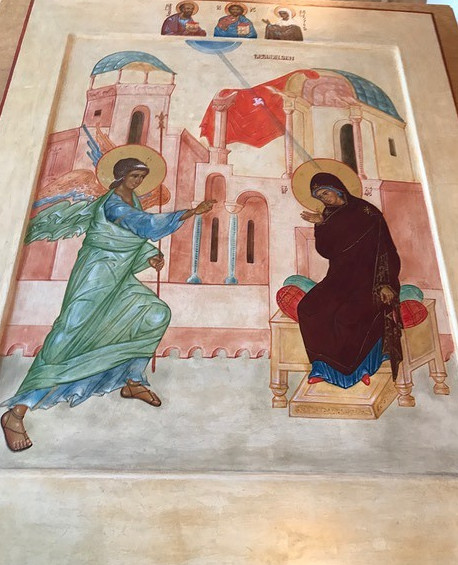 Lukas-evangeliet, kap. 1:24–38 Lukas-evangeliet, kap. 1:24–38Prædiken af f. Poul, 25. marts 2019: Epistel: Hebræerbrevet, kap. 2:11–18
Evangelium: Lukas-evangeliet, kap. 1:24–38 Udgivet 17. marts 2019 Prædiken af f. Poul, Ortodoksiens Søndag, 17. marts 2019: Epistel: Hebræerbrevet, kap. 11:24–26, 32–12:2.
Evangelium: Johannes, kap. 1:43–51. Udgivet 3. marts 2019 Prædiken af f. Poul på Den Yderste Doms Søndag, 3. marts 2019: Epistel: 1. Korintherbrev, kap. 8:8–9:2
Evangelium: Matthæus, kap. 25:31–46 |




